Spirit of India
Mathura Uttar: Pradesh
Mother Masala Tours
Mathura Uttar Pradesh: The Sacred Origins
Mathura Uttar Pradesh. The name "Mathura" traces back to Sanskrit roots meaning "divine place" or "birthplace of divinity." Located in along the banks of the Yamuna River, this holy city dates to at least 1000 BCE. Archaeological findings suggest human settlement from 1000-800 BCE during the Northern Black Polished Ware period. The earliest recorded empire was the Mauryan Dynasty - 322-185 BCE, when King Ashoka erected Buddhist monuments here. Today's population exceeds 400,000 residents who maintain age-old traditions while adapting to contemporary life. Numerous excavations have unearthed coins, pottery, and artifacts from multiple civilizations that called this spiritual center home.
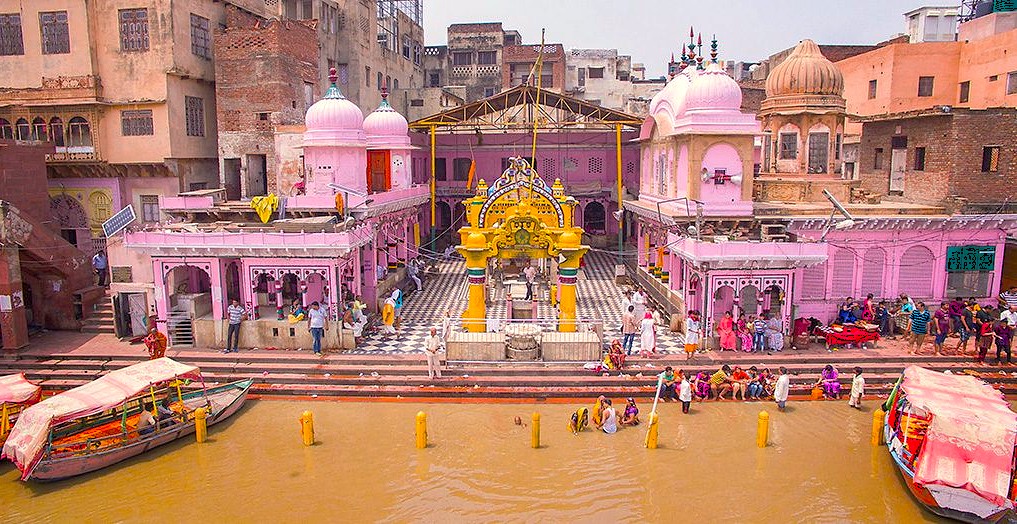
Mathura Uttar Pradesh: The Kushan Golden Age
Mathura Uttar Pradesh. Under Kushan Dynasty rule, 1st-3rd centuries CE, a magnificent transformation took place along the Yamuna riverbanks. This period witnessed unprecedented growth in Buddhist and Hindu artistic traditions, with the distinctive Mathura school of sculpture flourishing. Red sandstone masterpieces depicted Buddha with distinctive features - broad shoulders, robust physique, and serene expressions. Royal family members including Queens Devi and Nanda actively contributed to cultural advancement. The population swelled as merchants, artisans, and pilgrims flocked to this crossroads of Asian civilizations, establishing it as an intellectual hub where diverse philosophies converged.
Gupta Splendor: Hindu Resurgence
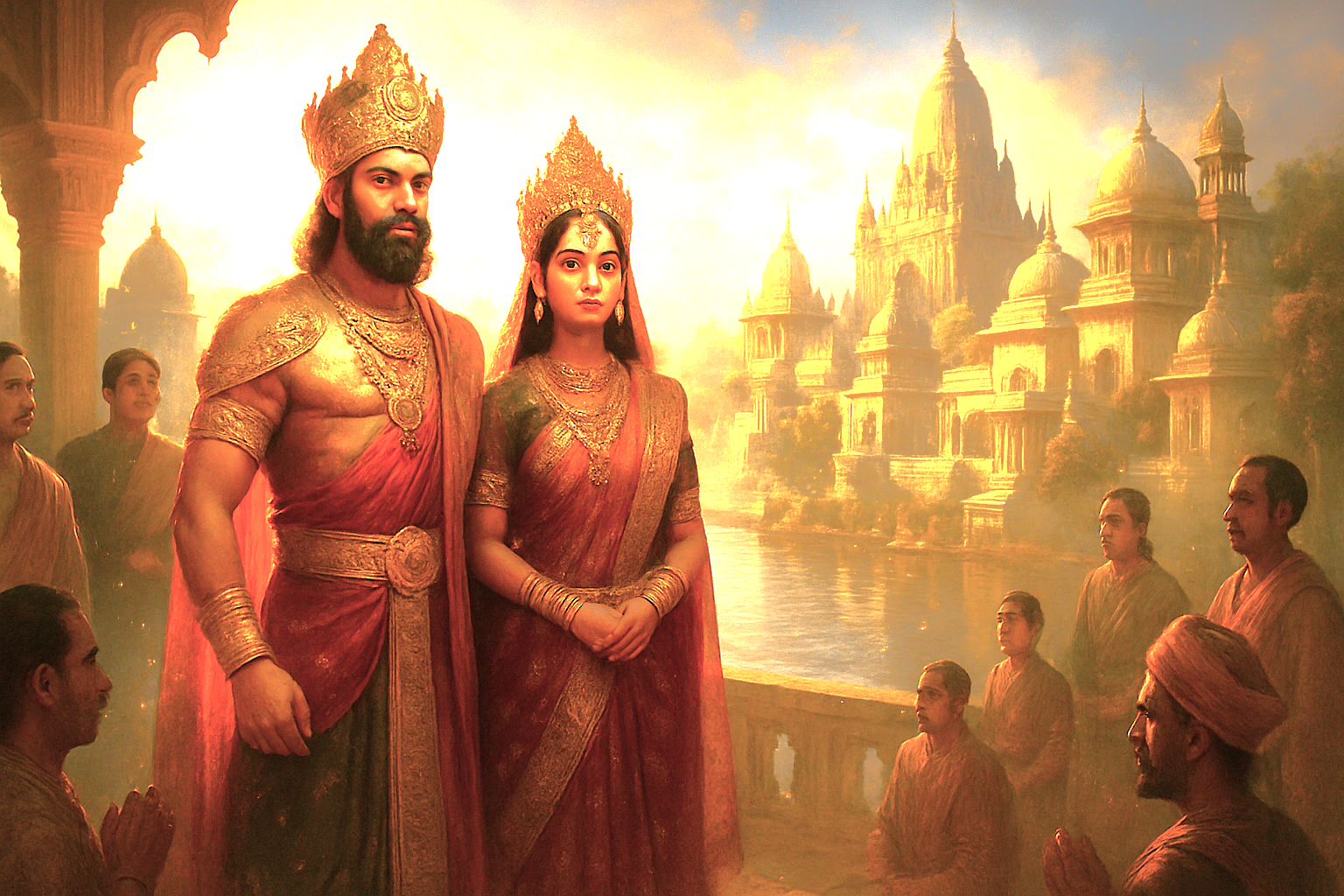
The Gupta Dynasty, 320-550 CE, ushered in dramatic religious shifts across the Yamuna River basin. Rulers Chandragupta II and Kumaragupta constructed elaborate Hindu temples, replacing earlier Buddhist monuments. Family records indicate their patronage attracted master craftsmen like who perfected refined artistic styles. Their reign coincided with the composition of the Vishnu Purana, which solidified the association with Krishna.
Medieval Transformation: Islamic Influences
Mathura Uttar Pradesh. Between 1018-1192 CE, political shifts occurred when Muhammad Ghori's forces claimed the territory. Sultan Mahmud of Ghazni famously raided the city in 1018 CE, followed by more permanent occupation under Qutb-ud-din Aibak. The Mughal Empire brought unexpected reconciliation - Emperor Akbar ruled ,1556-1605 initiated policies of religious tolerance while his grandson Shah Jahan constructed the stunning Keshav Dev Temple in 1618. Family chronicles mention Akbar's son Jahangir visiting Krishna shrines with Hindu nobles. The population diversified as Persian, Turkish, and Afghan families settled alongside ancient Braj communities, creating unique cultural fusion visible in cuisine, music, and architectural styles.
British Colonial Period
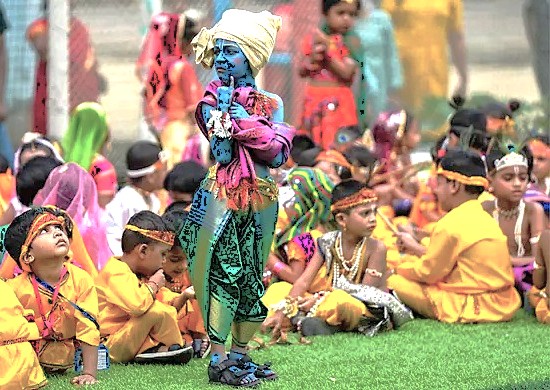
Colonial administrators established the Mathura Museum in 1874, housing invaluable artifacts discovered during railway construction. The British East India Company census records from 1901 counted 60,042 residents. The Jat uprising of 1857 centered around Krishna's birthplace temple, led by local chieftain Jawahir Singh. The period witnessed careful documentation of ancient sites, through a Western perspective. Temple construction periods reveal timeless craft.
Post-Independence Revival
After 1947, spiritual leader Prabhupada - born Abhay Charan De, spearheaded global awareness of Mathura's significance by establishing the Krishna Consciousness movement. His family origins in Bengal connected eastern and northern Hindu traditions. The Mathura Refinery's construction in 1982 brought industrial development while creating tension with preservationists. Population surged to 250,000 by 1990. The Krishna Janmabhoomi legal dispute between religious communities continues to shape local politics. Annual festivals attract millions - Janmashtami, August - September, celebrates Krishna's birth with 24-hour festivities, while Holi - March, transforms streets into kaleidoscopes of color.
Layers of Devotion
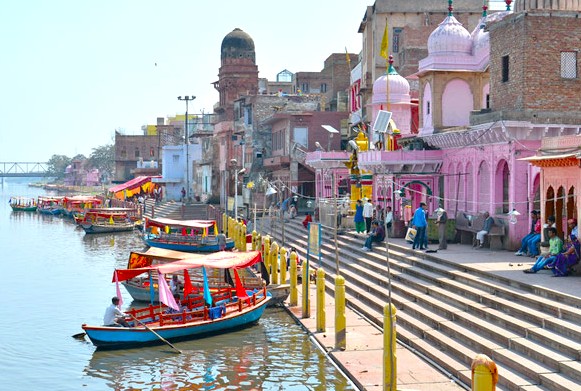
Discover the profound layers of devotion in Mathura, a city where ancient myths and spiritual traditions breathe. Every street and temple here echoes with timeless stories of Lord Krishna, creating a truly sacred atmosphere. As you walk along the bustling river ghats, you'll hear the gentle sounds of temple bells and the heartfelt chants of pilgrims. This is more than just a destination - it is a spiritual journey into unwavering faith, woven from centuries of prayer and celebration.
Culinary Specialties
Mathura's culinary treasures delight every visitor with authentic flavors of North India. The city's famous peda, a sweet milk delicacy, has earned nationwide fame for its rich, melt-in-your-mouth texture. Don't miss the crispy kachoris and samosas filled with spiced potatoes and lentils that locals enjoy with morning chai. Refreshing lassi topped with malai cream offers perfect relief from the heat. Mathura's chaat bursts with tangy-sweet flavors, while traditional thalis serve dal baati, various curries, and freshly made rotis. These delicious foods capture the essence of Uttar Pradesh's vibrant food culture.
The Gods
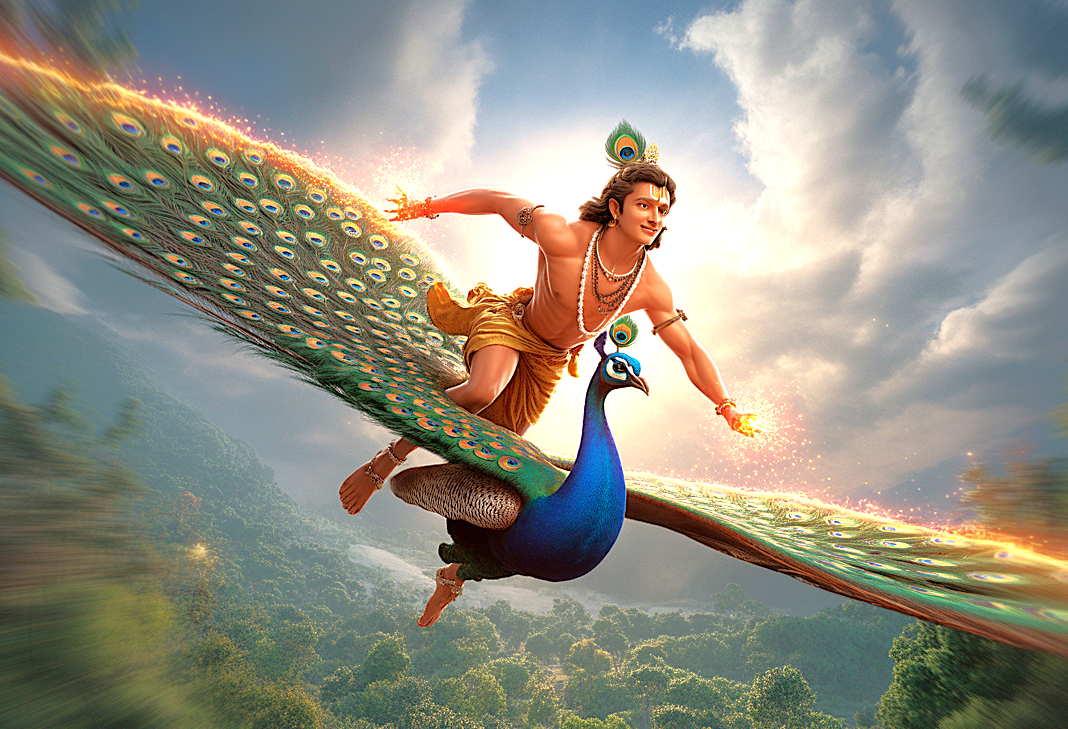
Experience the divine splendor of Hindu mythology with this stunning artwork. Lord Krishna, one of the most beloved gods of Mathura, majestically soars across the sky on a vibrant peacock. Its beautiful feathers shimmer with celestial light as they fly over the lush landscapes of Mathura, Uttar Pradesh, India. This captivating piece captures the spiritual adventure and rich cultural heritage of the region, inviting you to witness a moment of pure magic.
No More Excuses - That Regret-Free Life Starts Right Here
Join us in this journey through Mathura, Uttar Pradesh, India. We will explore intricately carved wooden temple doors showcasing detailed peacock and floral motifs. We'll visit Krishna Janmabhoomi temple before wandering the vibrant ghats along the Yamuna River. You'll taste incredible street food - creamy lassi, flavorful kachoris, and sweet pedas Mathura is famous for. Local markets offer beautiful handicrafts and textiles from talented artisans. We'll experience magical evening aarti ceremonies with floating lamps and devotional songs. The ancient architecture throughout the city reveals stories of rich cultural heritage, making Mathura a perfect blend of spiritual and authentic Indian life.
The Ripple Effect
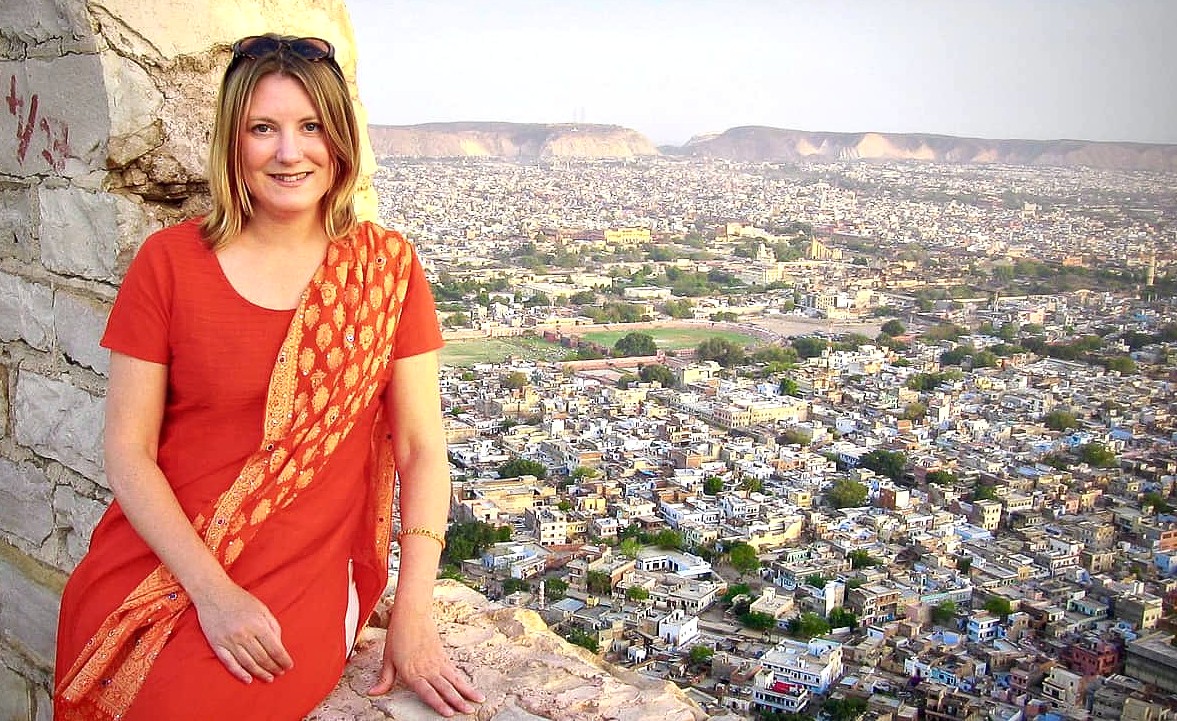
Join us in discovering the mutual benefits of giving and receiving during our visit to Mathura, India. We experienced incredible generosity from locals who shared their traditions, food, and stories. In return, we brought curiosity and respect, creating meaningful connections across cultures. The exchange enriched everyone involved - from the temple priest who blessed us to the street vendor who taught us about local spices.